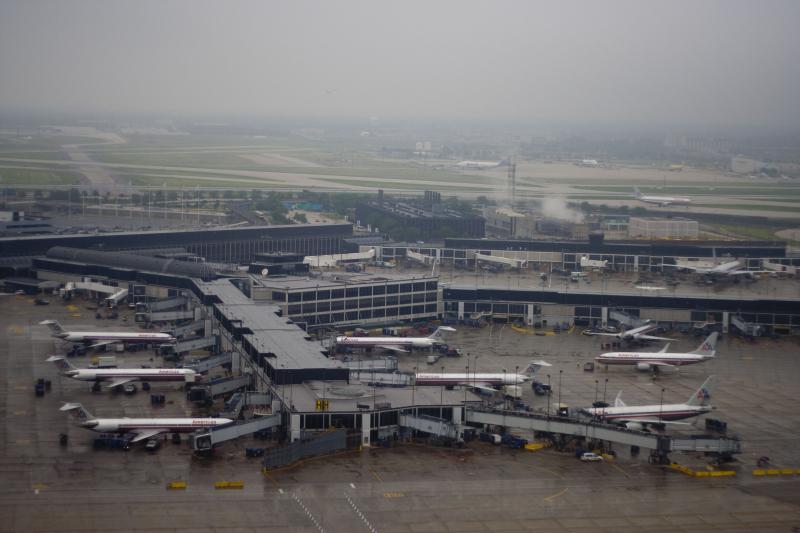
The city of Chicago is expected to soon finalize an agreement to expand the O’Hare International Airport.
The project, which is expected to cost $8.5 billion, proposes building a new “Global Terminal,” renovating existing terminals, and building two new satellite concourses. The global terminal would have wider concourses and gates for international flights, with the aim of making O’Hare a hub for international travel. The project will also expand the airport – total square footage would increase by 72%, and the number of gates would rise to 220 from 185 today.
Most importantly, the project will not be paid by air travelers through an increase to the Passenger Facility Charge (PFC). Rather, it will be paid by the carriers, through higher fees and charges for the carriers when the airlines’ lease expires in May. These future higher fees, which have been negotiated with airlines, would back bonds issued by the city.
This expansive new project proves there is no reason to raise the PFC, which is currently capped at $4.50 per ticket and used to finance airport improvement projects. While many airports have advocated for increasing the PFC in order to continue infrastructure projects, this is not needed as airports are in a strong financial position.
U.S. airports ended 2016 with $14.2 billion in unrestricted cash, and revenue has grown 49 percent on a per passenger basis between 2000 and 2016. Additionally, the Airport and Airway Trust Fund (AATF) is at its highest level since 2001, with an uncommitted balance of $6 billion.
In 2016, PFC revenue totaled $3.2 billion, a relatively small portion of the $29 billion in revenue collected by airports.
Airports clearly do not rely on the PFC as they already enjoy strong cash flow and revenue. In addition, airports have investment-grade credit rating from Standard and Poor’s, so have no problem attracting other financing without a PFC increase.
Government taxes and fees already overburden air passengers – taxes make up over 20 percent of an average domestic flight. The PFC is also hidden within the cost of a ticket, so passengers often believe it is a fare increase. Even though it is not immediately visible, a PFC increase falls squarely on passengers. An increase in the PFC would needlessly raise the cost of travel for millions.
Unfortunately, a PFC increase is not a hypothetical. Lawmakers on the Senate Appropriations Committee proposed doubling the PFC from $4.50 to $8.50 in S. 1655, the Transportation, Housing and Urban Development, and Related Agencies Appropriations Act of 2018.
Not only would this harm consumers, it also occurred contrary to regular order and sets the precedent that appropriators can override authorizers. The Senate Commerce, Science, and Transportation Committee has jurisdiction over this issue and has not considered a PFC increase, even when the Committee passed legislation reauthorizing the Federal Aviation Administration.
Instead of using the appropriations process to increase the burden on travelers, lawmakers should follow the example set by the House, which passed appropriations legislation that did not include any PFC increase.
The O’Hare airport expansion proves that airports do not need a PFC increase to finance infrastructure projects. Rather than increasing the cost of traveling, lawmakers should take note of this trend and reject any efforts to increase the PFC.

